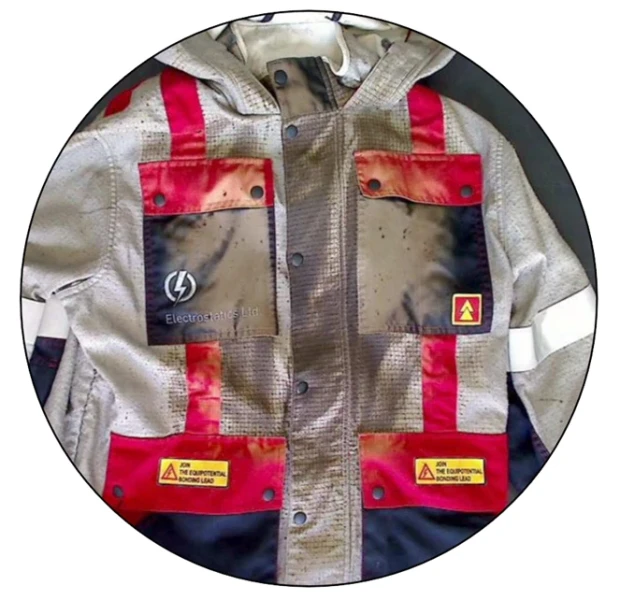Building Automation Systems (BAS) have become a cornerstone of modern building management, offering the promise of optimized energy consumption, improved occupant comfort, and streamlined operations. However, traditional on-premise BAS solutions can present limitations in scalability, remote access, and data management. Cloud-based BAS, a rapidly growing trend, is transforming the landscape by leveraging cloud computing technologies to deliver enhanced functionality and potential cost savings. This article explores the rise of cloud-based BAS, analyzing its advantages, potential drawbacks, and technical considerations for implementation.
Visit Our Building Automation Study Course
Embracing the Cloud: Advantages of Cloud-Based BAS
Cloud-based BAS offer several advantages over traditional on-premise systems:
Scalability: Cloud-based BAS are inherently scalable. Storage capacity and processing power can be easily adjusted to accommodate a growing number of devices or additional building automation functionalities. This eliminates the need for costly hardware upgrades or software license renewals associated with on-premise BAS.
Remote Access and Management: ...










